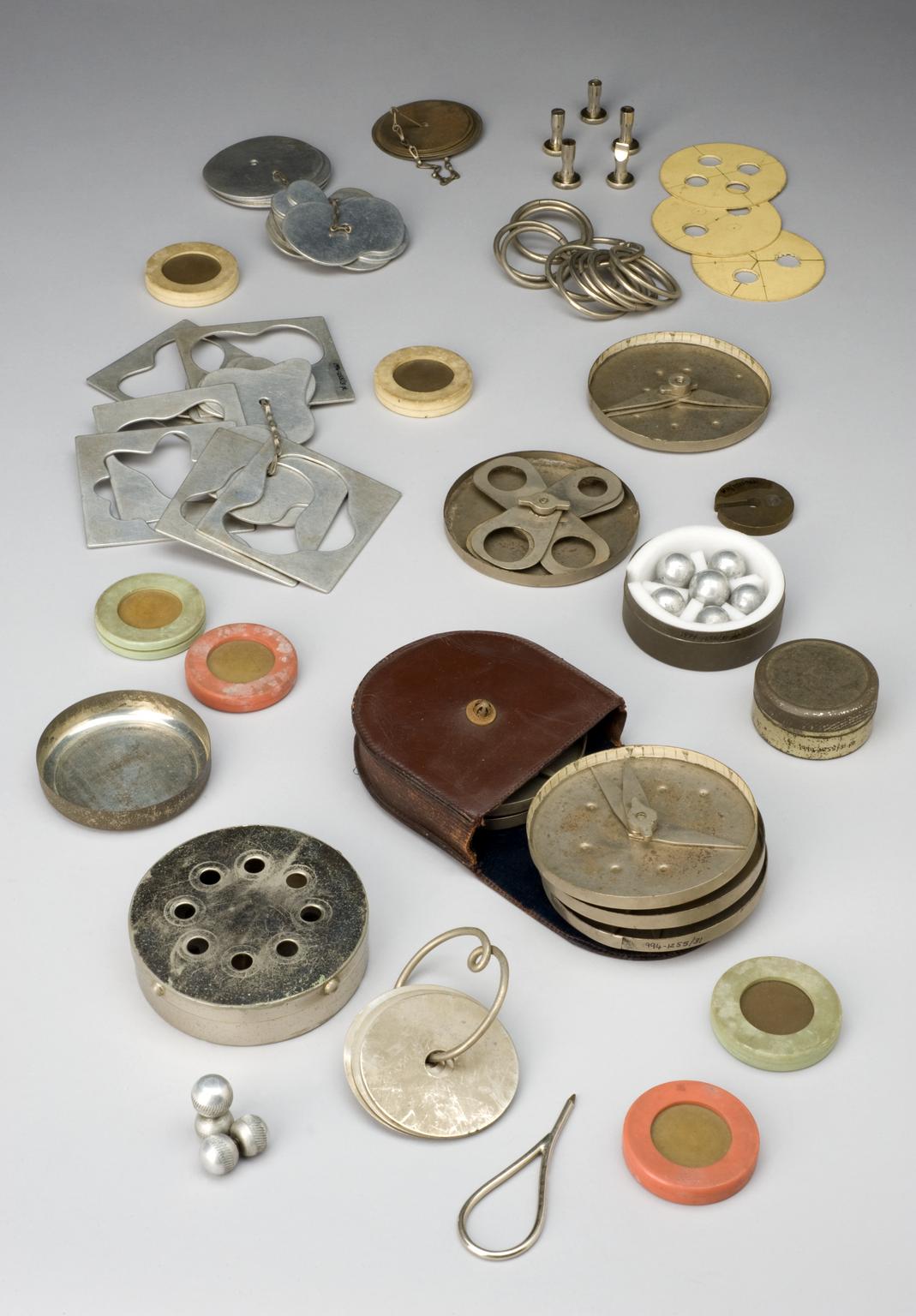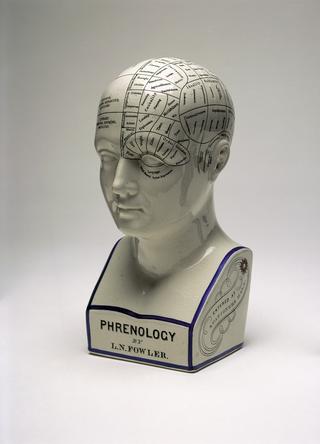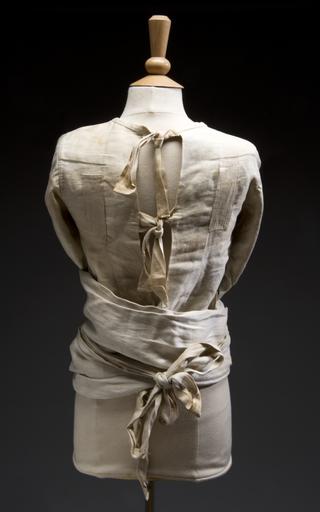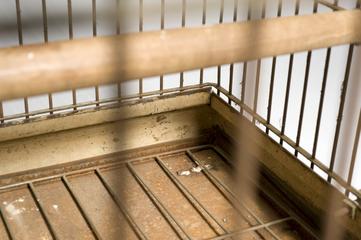
Letters regarding the Sensameter intelligence test
Test materials for Sensameter intelligence test, comprised of 4 test objects and wooden tray, photograph, printed instructions, note of meeting at GPO (1931), and a letter from its promoter, E. Haydn Brown to NIIP, 1936.
- Measurements:
-
overall: 60 mm x 270 mm x 400 mm,
- Object Number:
- 1994-1255/31 Pt1
- type:
- psychometric test
- Image ©
- The Board of Trustees of the Science Museum






